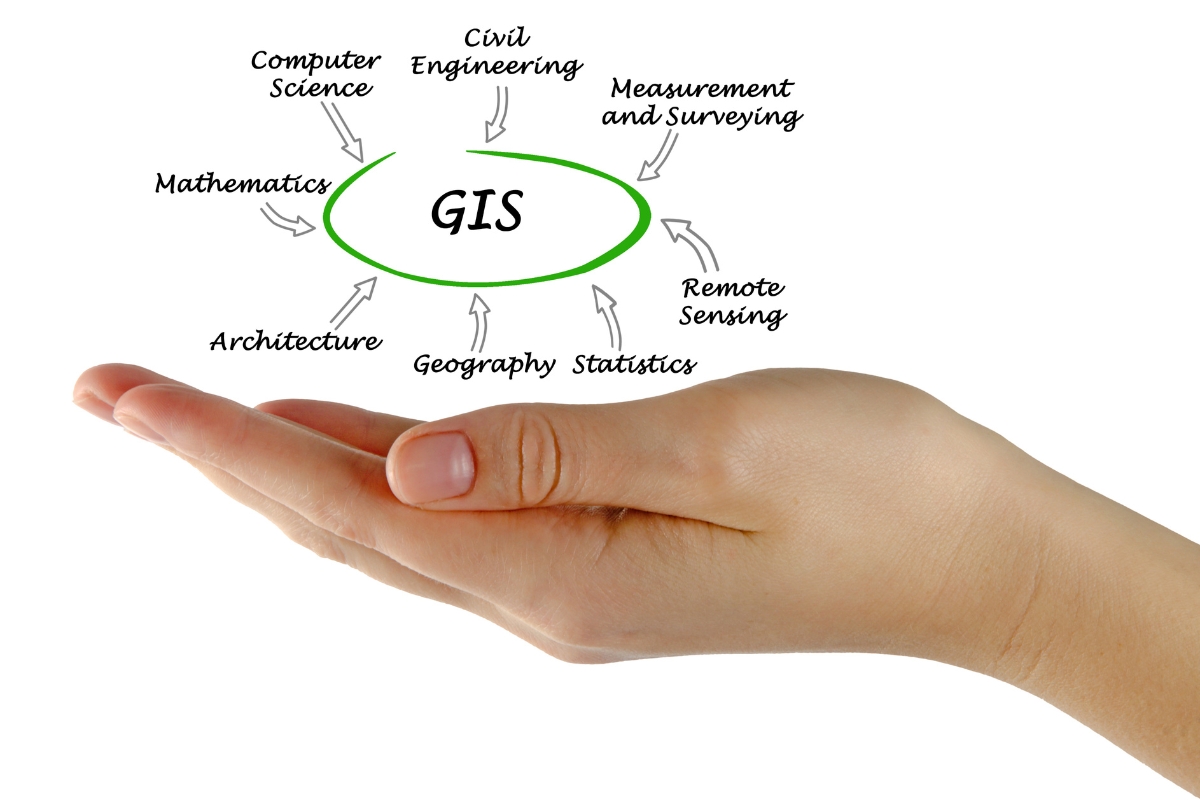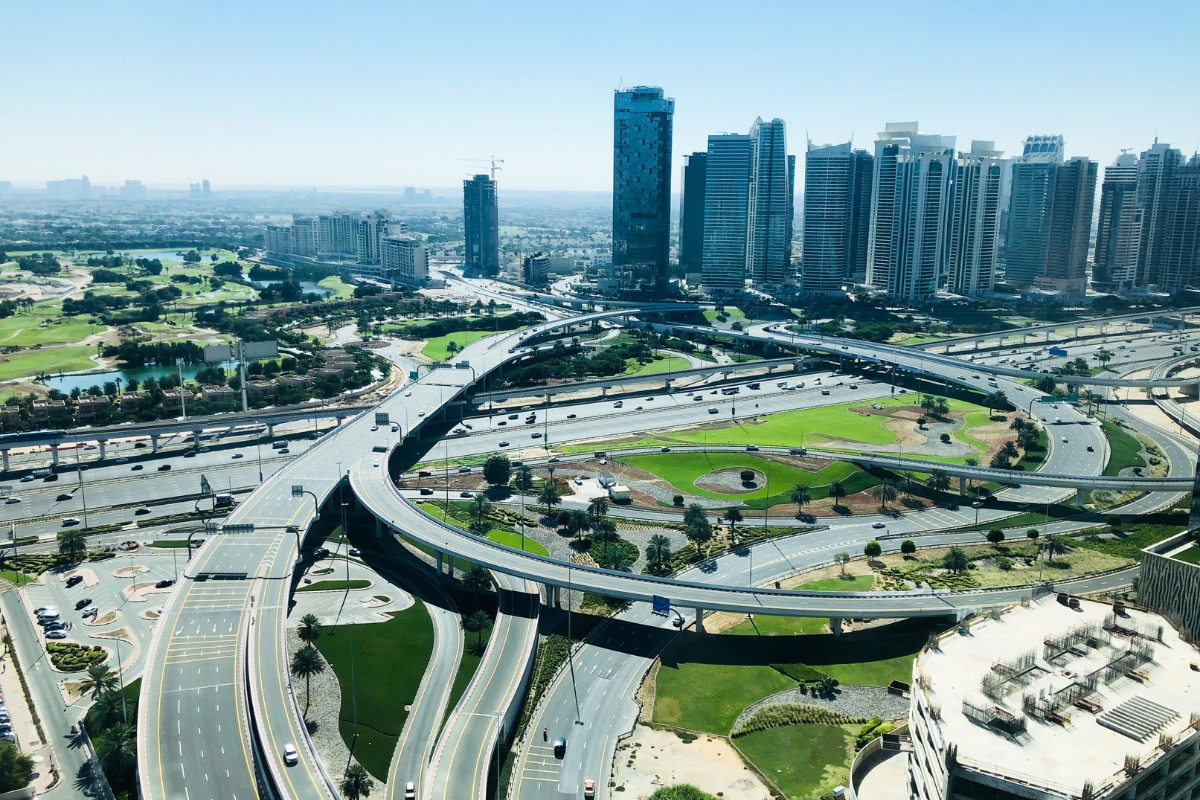Our team uses disaggregated approach to SDGs or UMF indicators and analyzing sustainable development goals and other high-level metrics at progressively more disaggregated levels down to neighborhoods, blocks or even individual parcels. This enables deeper understanding of spatial inequities, concentration of challenges or opportunities and targeting of resources/interventions. It allows monitoring progress toward large-scale goals at a granular level.

Neighborhood Typology Analysis:
Grouping neighborhoods with similar characteristics, needs, issues or opportunities into typologies. Typologies facilitate tailored strategies, policies, programs, investments or regulations for different parts of a city based on nuanced understandings of place. They make complex cities more manageable and help build effective locally-responsive solutions.

Spatial Analysis and Statistics:
Applying analytical techniques to spatial data to gain quantitative and qualitative insights to support planning and decision making. This includes things like spatial clustering, hot spot analysis, correlation analysis, overlay analysis, buffering, network analysis, density analysis, etc. Statistics provide evidence for prioritizing efforts and evaluating impact.

GIS Modeling and Programming:
Developing customized models, scripts, tools, workflows and automation using geographic information system (GIS) software and programming languages. This help analyze data, run complex spatial queries and processing, integrate information from various systems, simulate scenarios, generate insights and reports, and streamline routine planning tasks for efficiency, consistency and scalability.

Road Network Analysis:
Evaluating road networks to determine needed improvements, optimize access and flow, reduce congestion or improve safety/multimodal mobility. Analysis includes measuring level of service, identifying bottlenecks, simulating traffic under various conditions (including disasters), calculating road diet potential and prioritizing investments based on impact. It enables data-driven road planning and management.

Multimodal Trip Analysis:
Modeling end-to-end trips across various transportation modes (vehicle, public transit, bike, pedestrian, etc.) to understand how people get around a city or region. Trip analysis provides origin-destination insights, identifies barriers to mode shift, pinpoints opportunities to integrate modes or reduce transit gaps, and helps evaluate the potential impacts of planning interventions on mobility options and related outcomes like emissions, health, equity or congestion.
